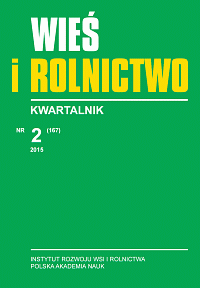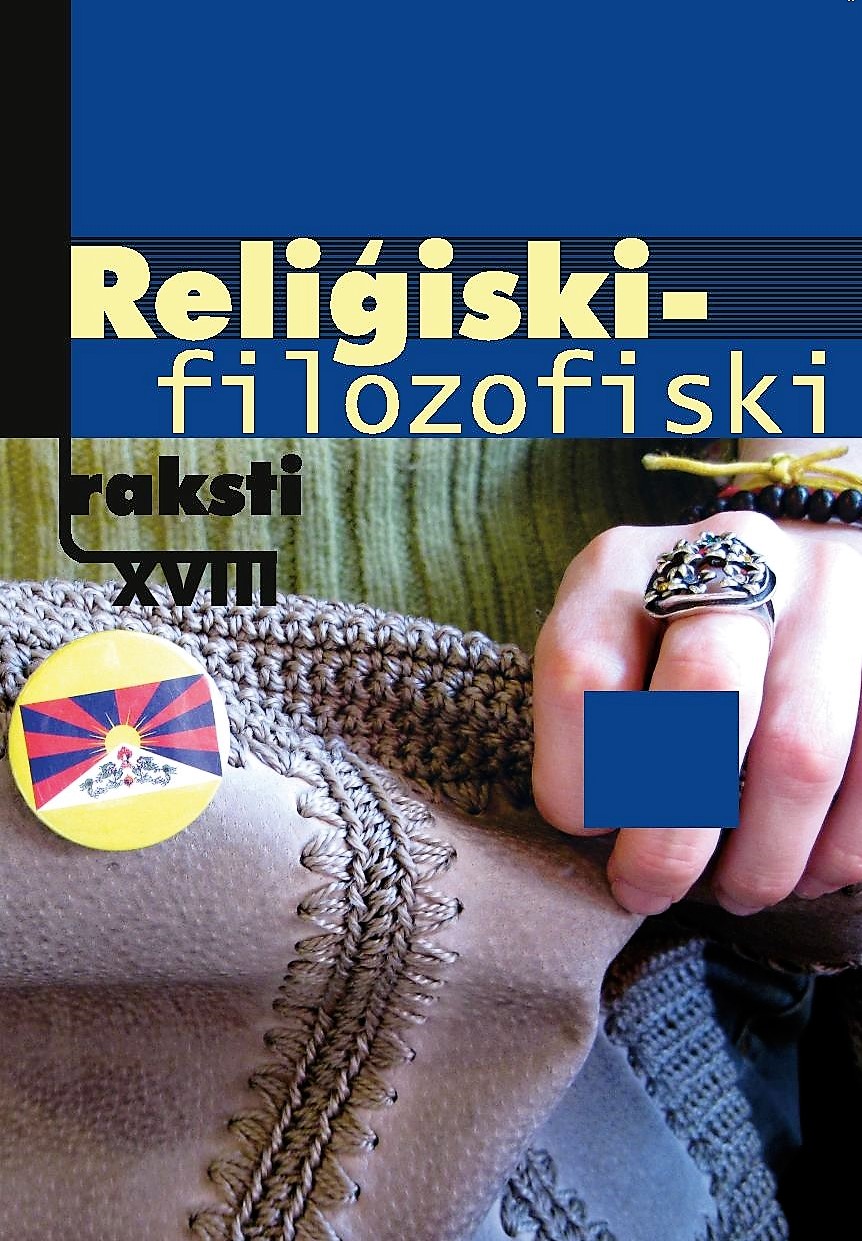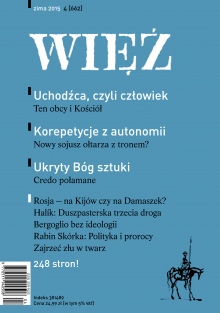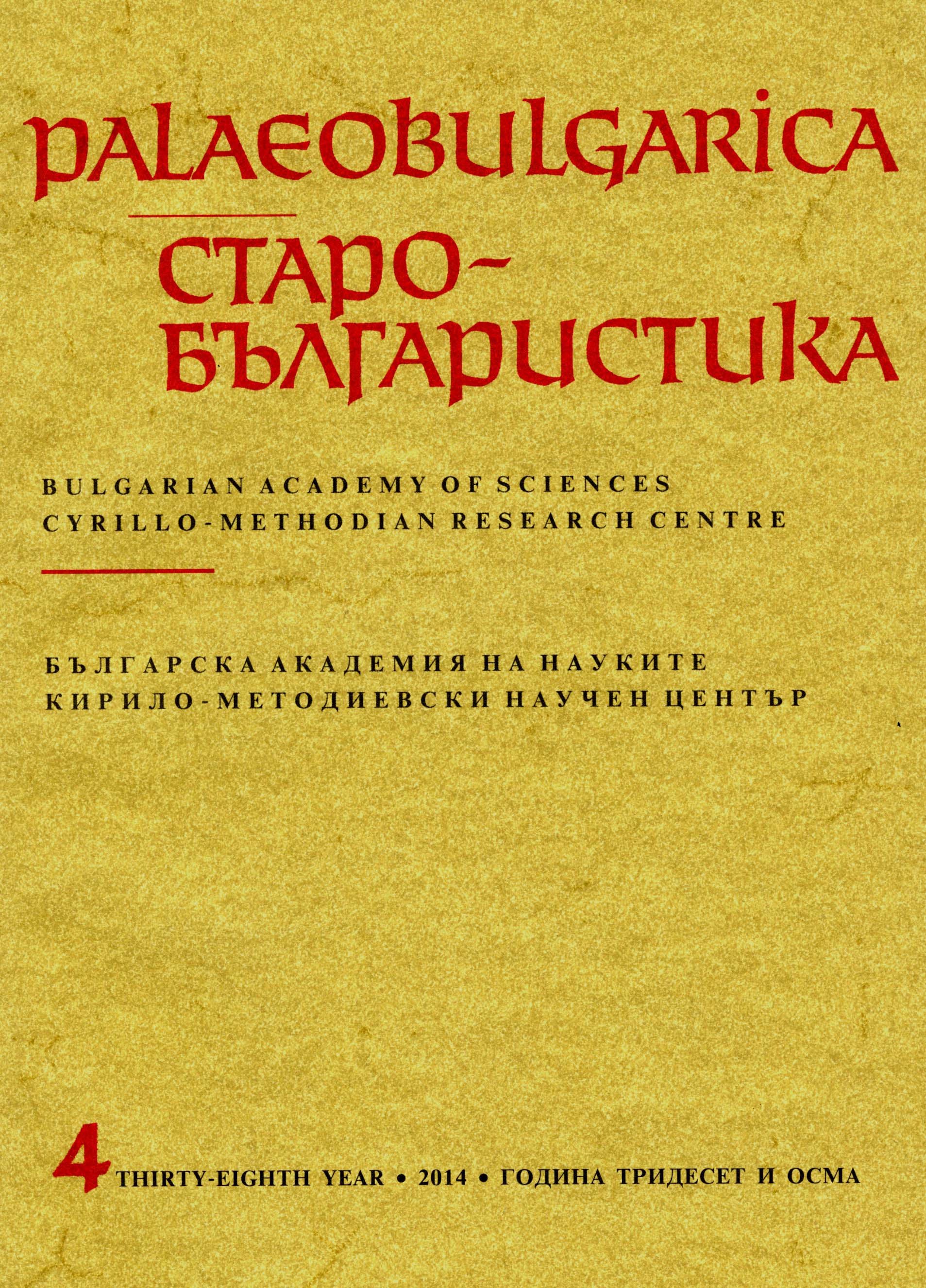
Przemiany demograficzne i aktywność ekonomiczna ludności wiejskiej w latach 2010–2013
The article contains an analysis of main population, employment and unemployment trends in rural Poland in the years of 2010–2013 in comparison with earlier trends (since Poland joined the European Union). With regard to the population changes the article examines in particular demographic factors behind rural population change (natural population change, rural/urban migration and international migration), trends in fertility and life expectancy and changes in the rural population structure by sex, age and educational characteristics, With regard to the labour market situation the analysis concentrates on trends in employment and unemployment rates, changes in the structure of employment by sectors (agricultural-nonagricultural), employment status (wage-earners, self-employed) and changes in the structure of the employed and unemployed populations by demographic characteristics and educational attainment. The trends observed in rural areas in Poland are compared with those in Polish cities and other EU countries.The statistical frame of the study is based mainly on Central Statistical Office data from current population statistics, Labour Force Surveys and labour offices statistics. Also data from General Censuses of Population and Housing held in 2002 and 2011 as well as from General Agricultural Census of 2010 were used. Eurostat data has been used for international comparisons.Artykuł zawiera analizę podstawowych tendencji zmian demograficznych oraz zatrudnienia i bezrobocia na wsi w latach 2010–2013 porównawczo z wcześniejszymi tendencjami od czasu wejścia Polski do Unii Europejskiej. W odniesieniu do zmian ludnościowych przedmiotem analizy są w szczególności czynniki demograficzne zmian liczby ludności wiejskiej (ruch naturalny, migracje wieś–miasto i migracje zagraniczne), tendencje zmian dzietności i trwania życia oraz struktury ludności wiejskiej według płci, wieku i cech edukacyjnych. W odniesieniu do sytuacji na rynku pracy analizowane są głównie tendencje zmian wskaźników zatrudnienia i bezrobocia, zmiany struktury zatrudnienia według działów gospodarczych (rolnictwo – działy nierolnicze) i charakteru zatrudnienia (pracownicy najemni, pracujący na własny rachunek) oraz zmiany struktury populacji pracujących i bezrobotnych według cech demograficznych i poziomu wykształcenia. Tendencje obserwowane na polskiej wsi konfrontowane są ze zmianami zachodzącymi w polskich miastach i w innych krajach Unii Europejskiej. Podstawę statystyczną analizy stanowią głównie dane GUS, pochodzące z bieżącej statystyki demograficznej, Badania Aktywności Ekonomicznej Ludności (BAEL) oraz statystyki urzędów pracy. Wykorzystano także wyniki Powszechnego Spisu Ludności i Mieszkań 2002 i 2011 oraz Powszechnego Spisu Rolnego 2010. Porównania międzynarodowe przeprowadzono na podstawie danych Eurostatu.
More...


